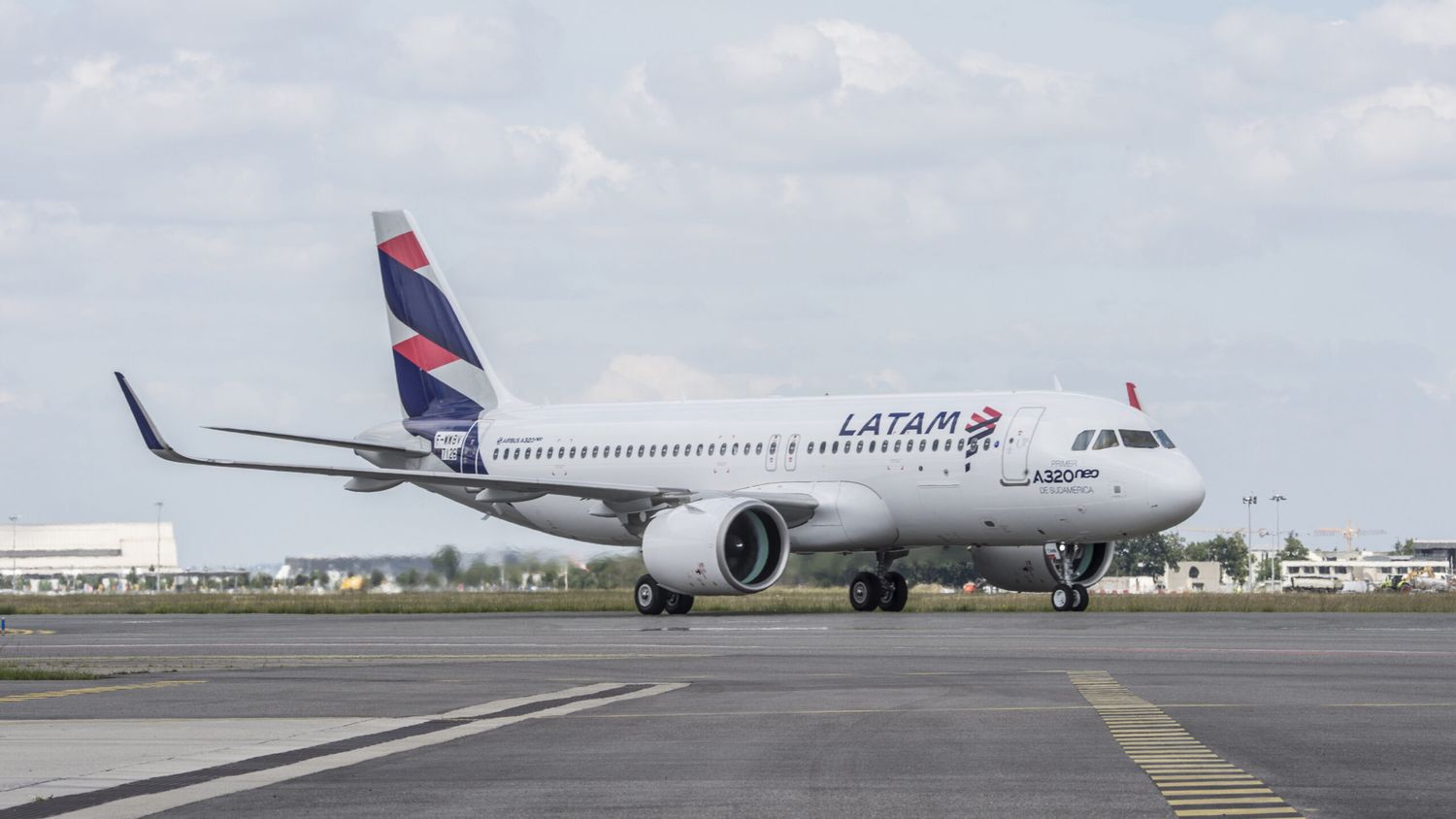The Peruvian Aviation Accident Investigation Commission has released the final report on the LATAM Flight 2213 accident. This report concludes that the incident was caused by a lack of coordinated planning, poor communication, and the non-use of standardized phraseology.
The incident happened on Friday, November 18, 2022. Airbus A320neo operating LATAM Peru Flight 2213 collided with a rescue and firefighting service (RFFS) vehicle at Jorge Chavez Airport in Lima. After a takeoff run of approximately 1,200 meters at a speed of around 243 km/h, the aircraft -registered as CC-BHB- struck its right engine against vehicle R3. The impact instantly claimed the lives of two firefighters, while the third crew member of the hydrant truck succumbed to his injuries in June of this year. There were no fatalities among the people on board the aircraft.
Related Content: LATAM Airbus A320neo crash in Peru: What We Know
In the final report, the CIAA (Aviation Accident Investigation Commission) determined that the probable cause of the collision was the incursion of the rescue vehicle onto the active runway. This happened without explicit authorization from the tower, during a training exercise. The chain of events began due to inadequate planning, poor coordination, and the failure to use standardized communication and phraseology.
The report, which can be accessed here, notes that «there is no evidence of detailed and joint planning between the airport’s safety manager and the tower’s coordinator for the execution of the exercise. This lack of coordination prevented the identification and disclosure of latent risks. In August 2022, three months prior, an identical exercise was conducted in which satisfactory joint planning was achieved.»
As contributing factors, the report maintains that proper instruction was not given to the RFFS personnel and controllers. Furthermore, the incorrect application of aeronautical communication principles led to a misunderstanding by the controllers regarding the exercise’s execution.
Additionally, the RFFS’s interpretation was incorrect due to the lack of use of standard phraseology. The crew believed that the tower’s confirmation to start the exercise also implied permission to access the runway. It was highlighted that the controllers were informed of the exercise just minutes before its execution. This situation did not allow them to analyze the risks and prioritize air traffic management appropriately.


Comentarios
Para comentar, debés estar registrado
Por favor, iniciá sesión